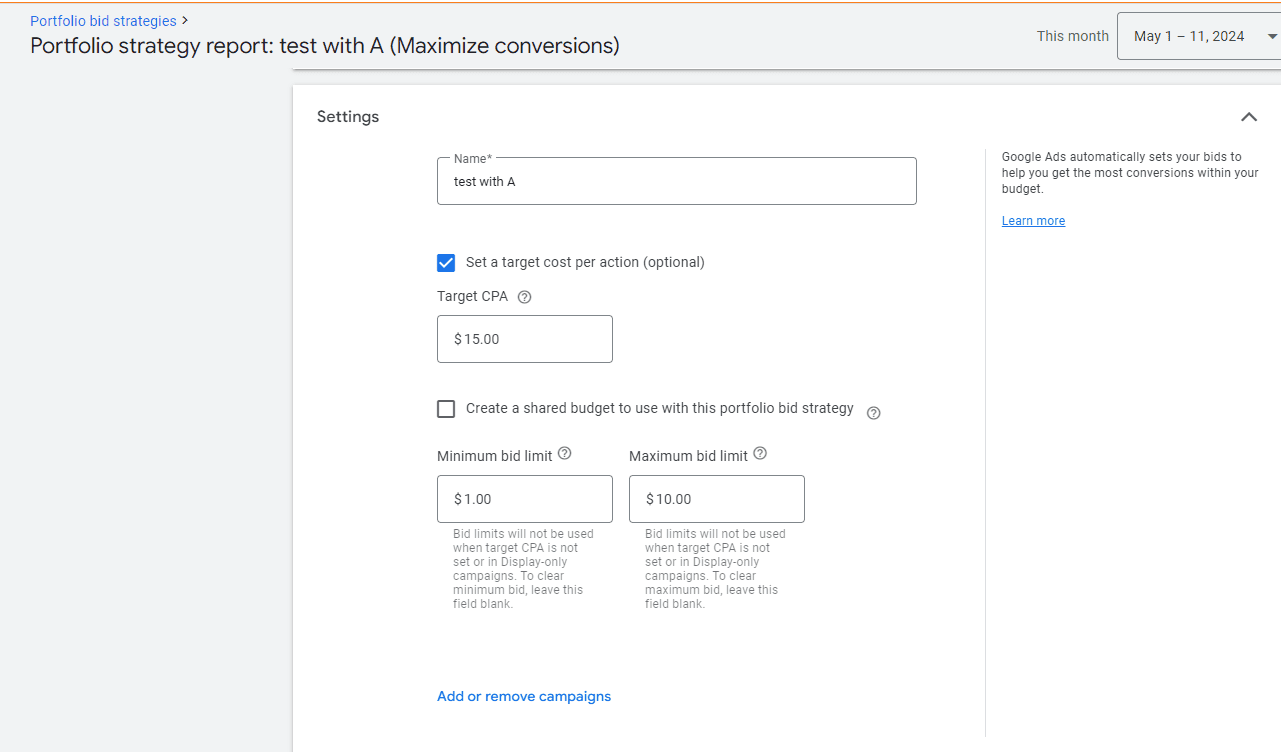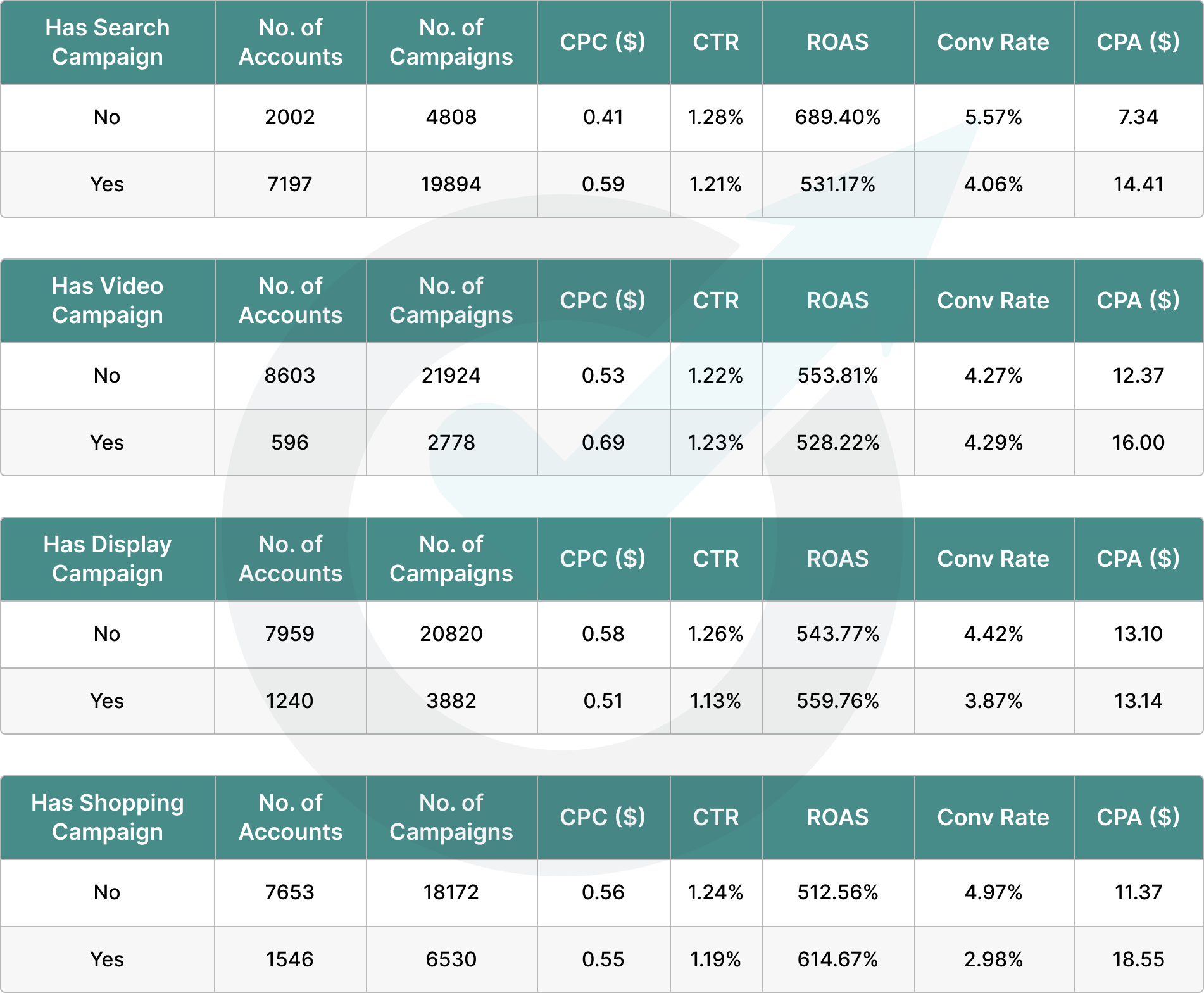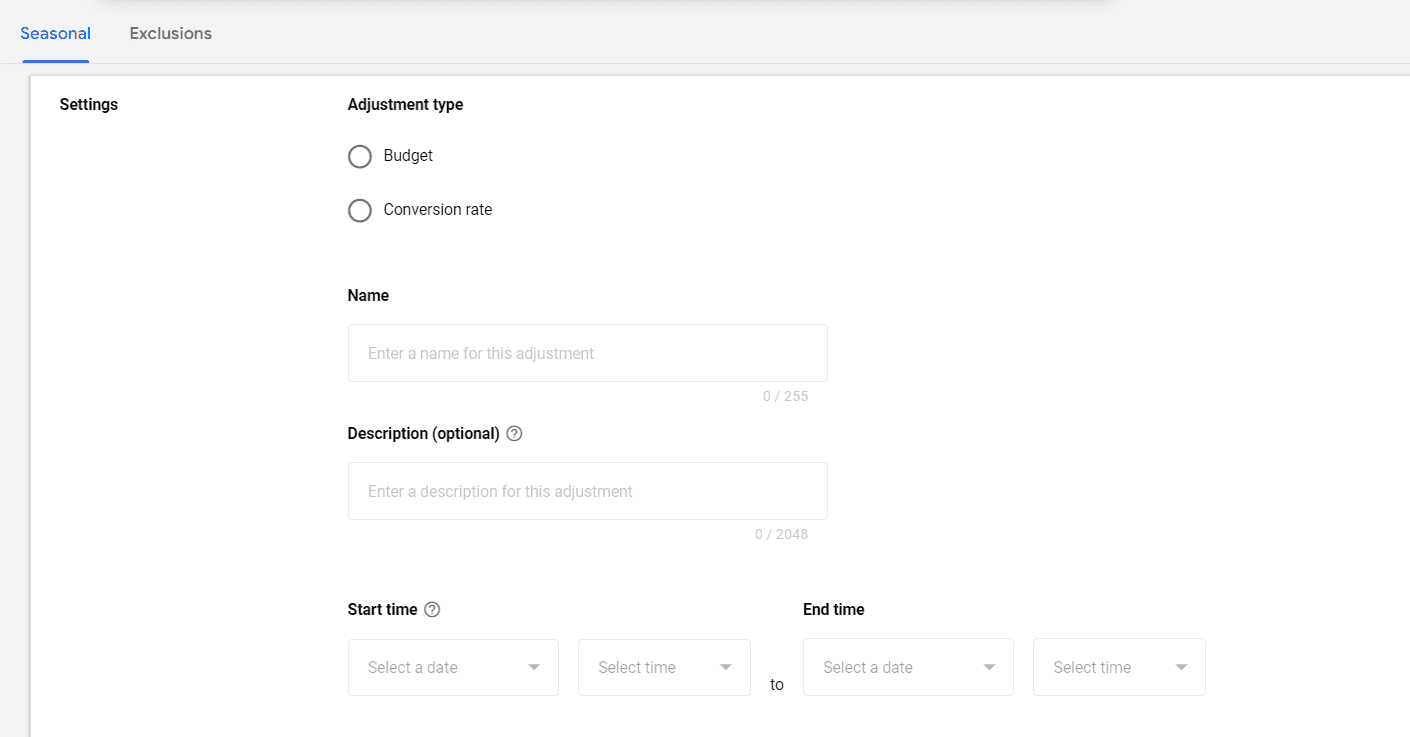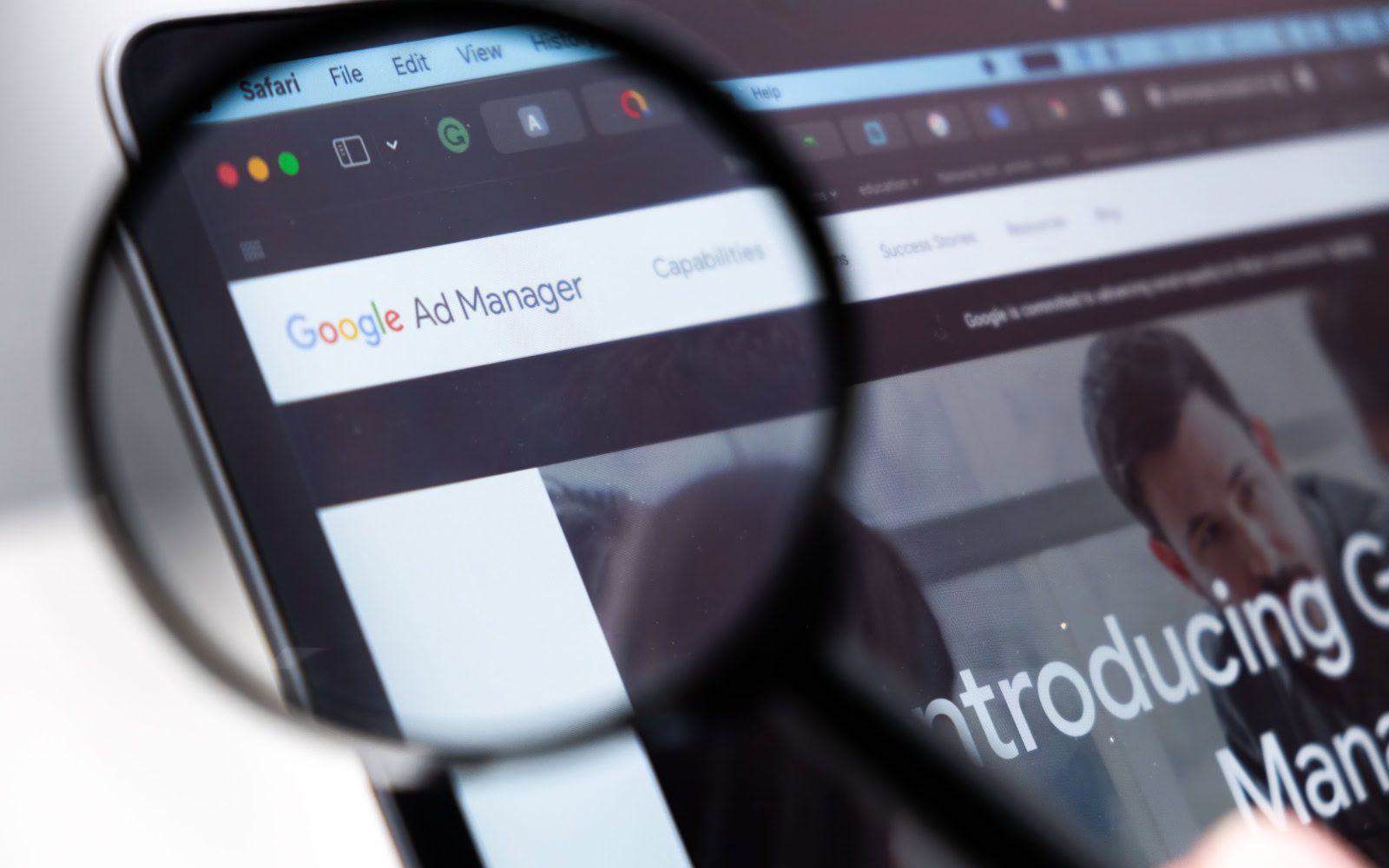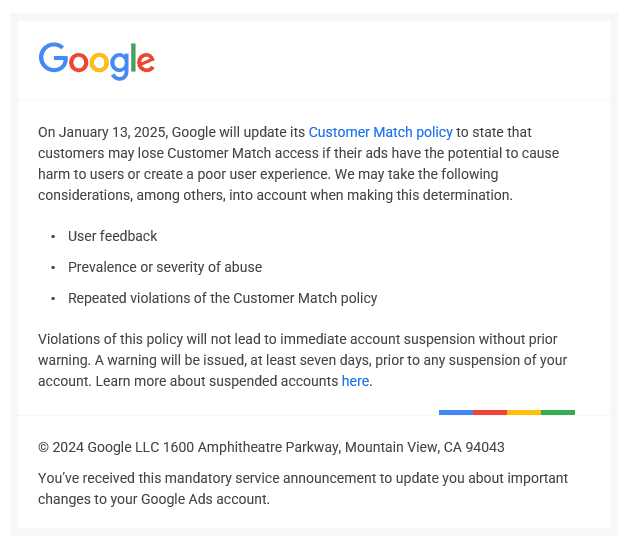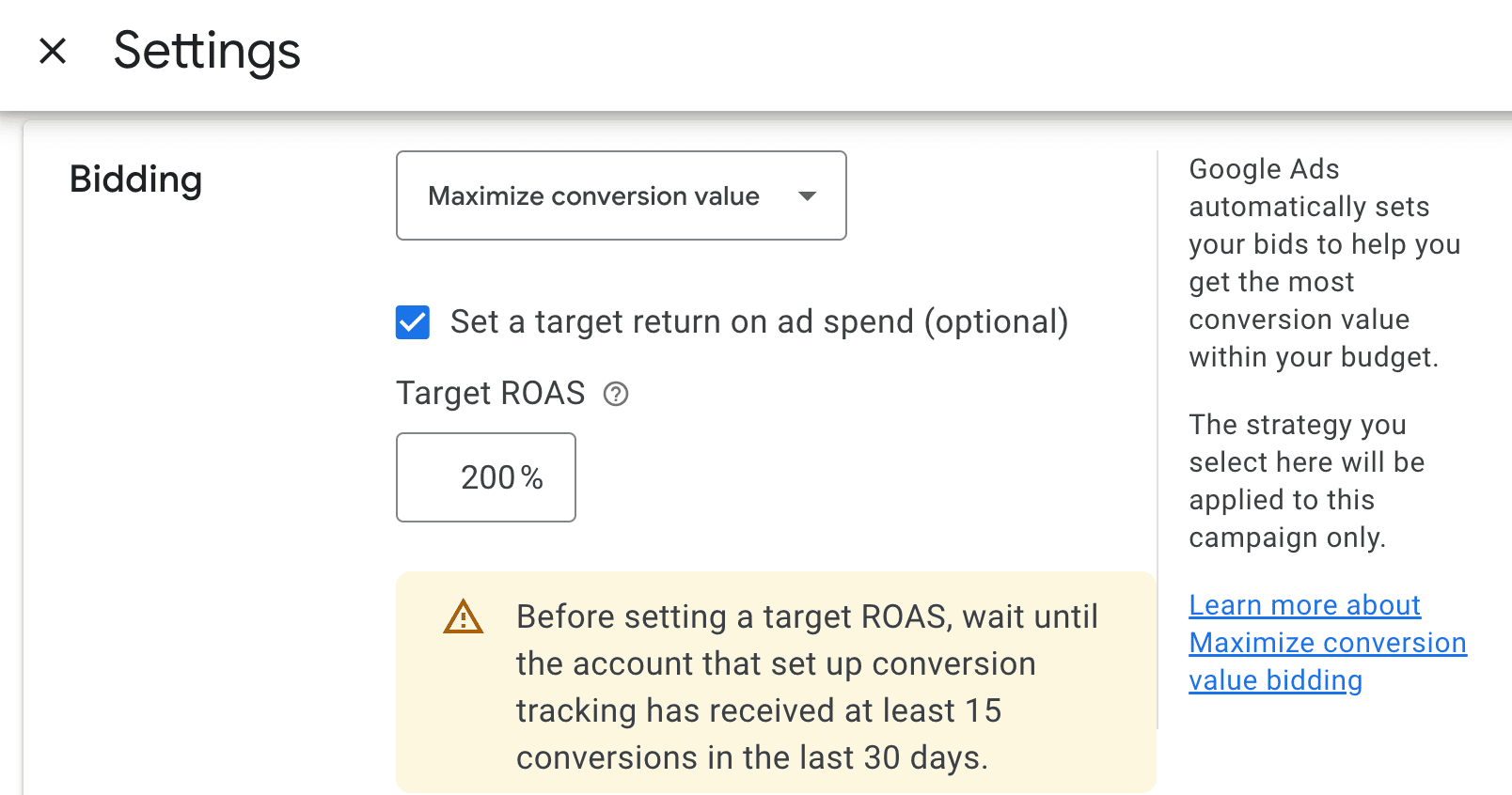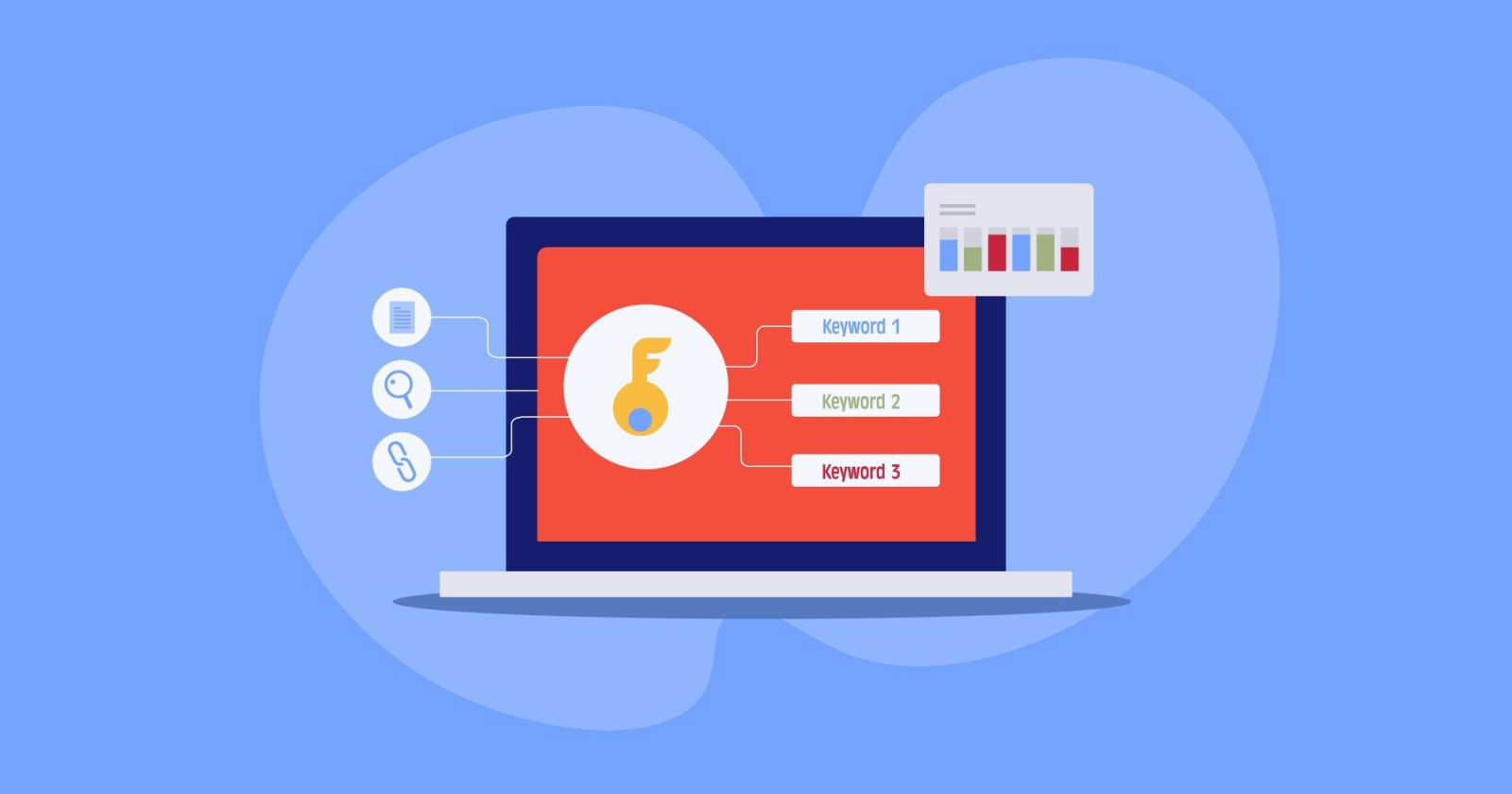Should You Be Bidding On Your Brand Keywords In 2025?
Paid search advertising has many arms.
Marketers spend years crafting strategies to drive results through Google Ads, Microsoft Ads, and more.
Of these many strategies adopted by brands and agencies, in my experience over the last 15 years, one topic that sits across every paid search strategy is brand bidding.
What Is Brand Bidding?
Brand bidding, in its truest form, relates to targeting keywords that relate to your (or your clients) business.
For example:
 Screenshot for search for [new balance], Google, November 2024
Screenshot for search for [new balance], Google, November 2024The most common keyword marketers will include in their strategy is the company name. But depending on search demand, there may be additional keywords that are included.
Such as:
- Brand keyword + product.
- Brand keyword + ‘address’.
- Brand keyword + ‘customer service’.
- Brand keyword + ‘returns’.
There is also an element of brand bidding focused on products/services that may not contain the company name.
Think Apple and the “iPhone” or Converse and the “Chuck Taylor.” These terms are most certainly brand keywords, just without the company name.
From a tactical standpoint, whether brands bid on their keywords or not is a decision made between the stakeholders involved.
However, since Google Ads was birthed in October 2000, this topic has been very controversial for several reasons.
Why Is Brand Bidding A Controversial Topic?
The controversy is rooted in a question that many brands or agencies will likely have been asked or have asked themselves, “Why should we pay for traffic that we can get for free through organic?”
This is a completely justified perspective on brand bidding, and if brands could guarantee that the Google search engine results page (SERP) would serve a single organic result – and no competitor ads when a brand term is searched – it would make the decision for and against much more straightforward.
However, times have changed, as have Google Ads campaign types and the way in which the SERP is delivered and used by searchers.
Brand bidding should be treated on a case-by-case basis, considering as many situational factors as possible, such as:
- Competition.
- Market penetration.
- Keyword contextuality (a common case being a high volume generic keyword as part of your company name, e.g., “The Next Day Flower Company”).
- Search demand.
- Resellers.
- Budgets.
- Organic rankings.
It’s not always clear which path to take, but there are a host of reasons for and against.
What Are The Benefits Of Brand Bidding?
Strengthened Visibility
Serving a branded text ad on the SERP alongside your organic listings provides an additional link for searchers to click through to your site.
Let’s say you rank position one organically for your company name, have the knowledge panel displaying your company information, a text ad serving sitelinks alongside your review rating, and your company telephone number. The real estate you are maximizing on the SERP will serve as an authority for your brand.
Brand Protection
Being on the receiving end of competitor bidding is a common reason for marketers and agencies to activate their own brand campaigns.
Brands are free to bid on competitor company names and/or related keywords across Google, Bing, etc. This is a common strategy used by brands and agencies worldwide.
There are restrictions that forbid brands from including trademarked company names within ad copy, but outside of this, brands have free reign.
In my experience, there are a few reasons (among others) for why brands adopt this strategy:
- Reactiveness – when a brand spots a competitor bidding on their brand terms to get their brand back to position one as soon as possible.
- Exploration to see whether the results-driven are in line with KPIs and if the incremental value is worthwhile.
- Necessity as competitor bidding is common practice, and bidding on a brand is a requirement to ensure users can find your brand immediately in a busy SERP.
Messaging And Control
The organic listing served for brand queries contains a customizable title tag and meta description.
However, Google’s guidelines state that it will only use this if it is accurate and will often rewrite these and serve organic sitelinks.
By serving a branded search ad, the advertiser is given complete control over the messaging.
This is useful in many scenarios:
- Poor organic rankings (e.g., not serving an organic listing for branded search, wrong page ranking above the homepage).
- To instantly serve bespoke messaging for your branded ads (e.g., promotions, updates).
- Combatting rewritten title tags and/or meta descriptions.
- Creating bespoke sitelinks to direct users to different landing pages.
Click Costs
Context aside, brand cost-per-click (CPC) is likely cheaper than non-brand (generic keywords) as there is less competition, and your quality score will be strong.
Each industry (market and vertical) will have a different scenario in terms of how much a branded click costs.
Take Nike, for example. Its brand terms will be incredibly competitive as resellers, marketplaces, and affiliates will serve ads on the company name. However, a small ecommerce store might not have anyone bidding on its brand name.
With the typically cheaper click costs, bidding on branded keywords can be seen as a cost-effective strategy, but all other factors must be considered – a key one being the impact on organic performance.
Incrementality
This refers to driving better results overall by bidding on branded keywords than you would without, and is a very hot topic in PPC.
As with almost all arguments for and against brand bidding, the incremental gains driven through this strategy differ by brand.
Among other methods, turn-off experiments are common practice.
This is where marketers pause brand bidding for a treatment group while maintaining visibility for the control group to observe the impact of bidding on branded keywords.
Studies have shown that turning off brand campaigns can result in lower overall performance versus having brand ads live.
Others have shown barely any impact overall, with organic picking up the sales or leads that would have been driven through ads.
What is the best way to find out? Give it a test.
What Are The Drawbacks Of Brand Bidding?
Budget
Context plays a huge role (size of business, level of demand, market, etc.).
But aside from any incrementality testing – in a budgeting scenario at the very top level – spending money on brand terms that (to some degree) will be picked up through organic can be seen as an inefficient use of spend.
It’s not uncommon to see companies with huge levels of brand search demand cut their brand spend. eBay did this over a decade ago, and more businesses have followed suit since.
Freeing up this budget will impact brands with considerable online demand. For smaller brands with less search demand, it’s really a case of weighing up the savings and seeing how far this could go if it were to be reinvested into non-brand new customer acquisition.
Impact On Organic
If a searcher is looking for your company name and you have organic listings serving on Google, the chances are they know who your company is and will visit your company website (among other reasons).
By activating brand ads, the amount of traffic, sales/leads, and overall organic engagement will be impacted when the ad serves above the organic listing.
It really depends on the brand, team, goals, and key performance indicators (KPIs) in question to weigh up the impact of running brand ads on organic, and a good place to start is incrementality testing.
Existing Customers
In most cases, new and existing customers should be targeted separately for brand search.
Take ASOS, for example. Its brand traffic will be a mix of new searchers, existing customers looking to shop, existing customers looking to log in and send returns, speak to customer service, and more.
By not accounting for this within your strategy, efficiencies could be missed, and the budget could be spent on driving users to take actions that are not aligned with KPIs.
Different Takes On Performance Reports
Brand performance will almost always be stronger than traffic driven for searchers who are not aware of your brand.
Over the last 15 years, I’ve seen many accounts that blend together brand and non-brand performance in reporting, including shopping and Performance Max campaigns, which also serve brand queries.
In some cases, this is the lens that stakeholders want to see. But if a brand drives a large percentage of revenue/leads for a small percentage of spend, the overarching view of performance may look more preferable than it is from a new customer acquisition point of view.
Relationships (Particularly Resellers)
Brands who sell through resellers/marketplaces can often have a competitive auction for brand terms.
Mutual agreements can be a way to put structure in place, agreeing to not bid directly on the company name with the freedom to bid on brand + terms (e.g., brand + product), for example.
However, these agreements can be difficult to manage as many parties can be involved (resellers with in-house teams, new agencies onboarded into resellers, etc.).
As a result, the auction can become competitive, which will, in turn, drive up click costs and lower efficiency.
What Else Do You Need To Consider With Brand Bidding?
Performance Max
PMax is a consolidated campaign type offered by Google and Microsoft. This fully automated campaign serves across multiple networks, one being Google search.
This campaign can (and will) serve branded queries. I’ve seen brands report strong PMax performance many times under the assumption that it’s non-brand when, in fact, a high percentage of sales/leads are driven through their own brand searches.
There are controls in place to remove brand from PMax (account-level negative keywords, campaign-level negative keywords added via Google Support, etc.). However, if you want control, I’d recommend creating a brand search campaign and removing brand from PMax.
Broad Match
This Google Ads keyword match type allows your ads to serve on searches related to the meaning of the keywords you’re bidding on.
With this, as your brand falls under this category, the chances of your ads entering auctions for brand queries despite your keyword not containing your company name are high.
As with PMax (but a little easier to implement), you can remove your brand terms from your broad match campaigns with the use of negative keywords.
Alternatively, you could target brand queries through broad match with a comprehensive negative keyword strategy to ensure you are only allocating budget to brand.
The Semantics Of Your Brand Name
Let’s say your brand name contains a word + the product you sell, such as “123 designer handbags.”
When bidding on brand terms, you may see competitors in auction insights matching through broad and/or PMax for the term “designer handbags.”
This may impact your click costs, which can fluctuate over time depending on investment (e.g., brands increasing budgets across PMax during peak months).
Competitors may still bid on your brand terms directly, but others may pick these queries up through PMax or Broad, a key consideration for budgeting and planning.
So, Should You Be Bidding On Your Brand Keywords?
There isn’t a right or wrong answer, and claims that there is will likely be rooted in personal experiences.
Knowing which path to take ultimately comes down to context, and this path will change over time.
For agencies managing multiple clients, each brand should be treated on a case-by-case basis, and historical context is certainly needed.
For in-house marketing teams, the same logic applies but you likely have fewer brands to make the decision for.
The arguments for and against are there to guide you in your strategic decision-making.
The best place to start is by listing all considerations and questions, such as “What is our organic positioning like for brand?”, “How many resellers do we have and what brand terms are they bidding on?”, and “Do we have the budget?”
From here, whether you currently bid on brand and want to test incrementality, or if you’re interested in running a short stint and haven’t used this strategy before, ensure reporting is robust and that you are always testing.
More resources:
Featured Image: Sammby/Shutterstock


